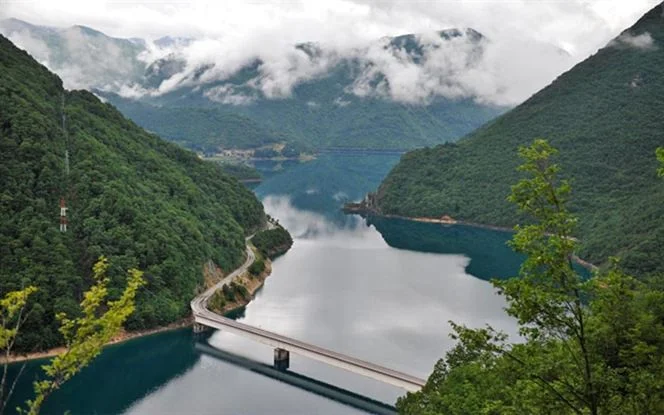
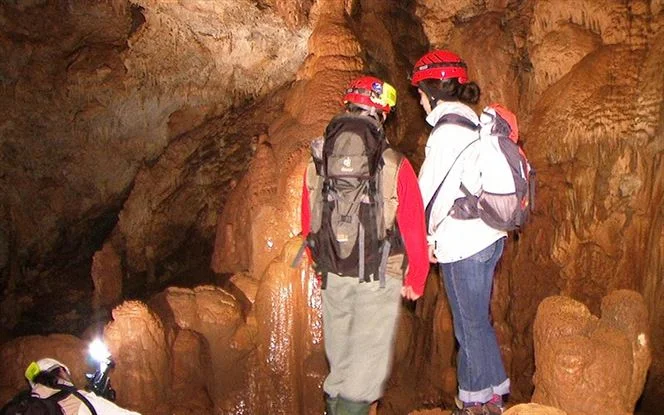
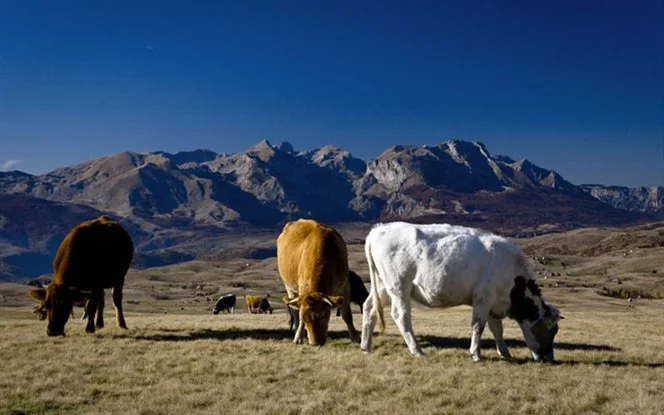
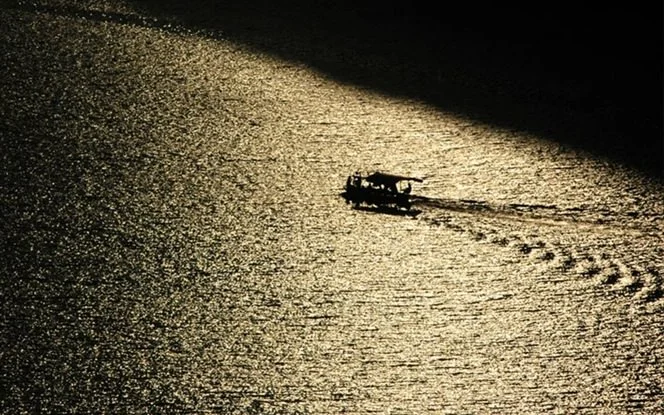
Montenegro
Montenegro can be experienced as a country with three distinct zones, each uniquely attractive to tourists: the coastal zone, the continental zone, and the mountainous zone.

Season
January - December

Availability
Excellent

For all ages

Currency
Euro
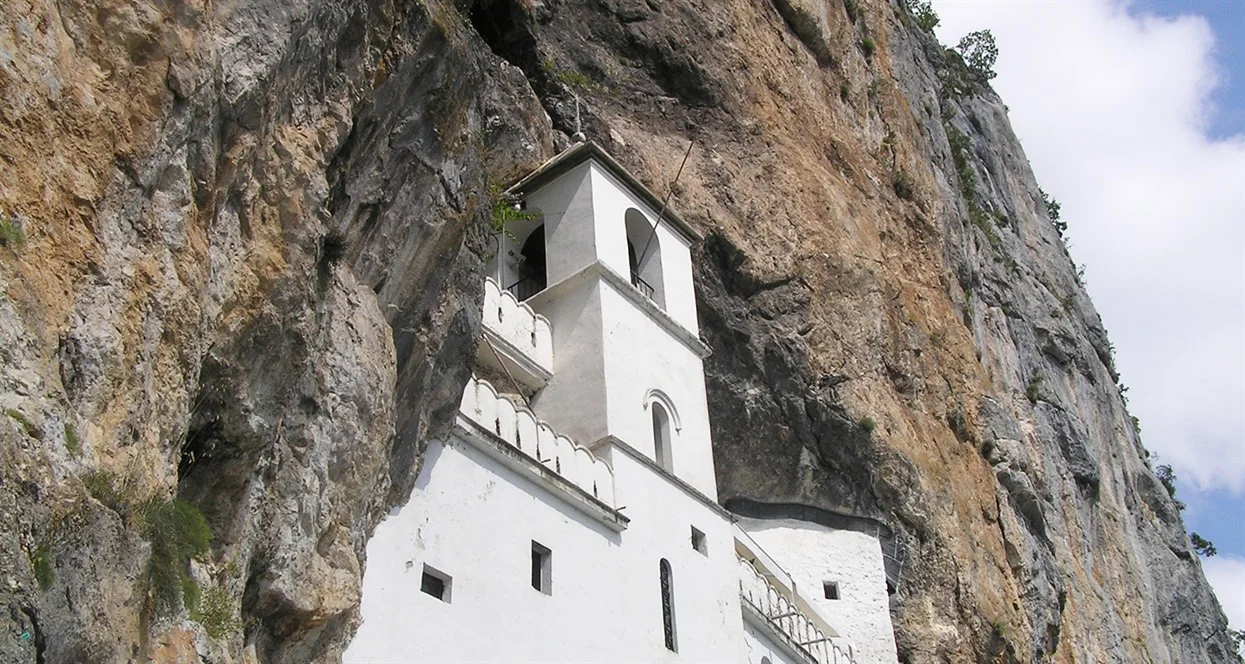
Continental zone
This region is characterized by four cities: Cetinje, Podgorica, Nikšić, and Danilovgrad. Cetinje is the historic capital of Montenegro and serves as a testament to how Montenegrins once preserved their cultural heritage with one hand while holding a weapon in the other. Filled with treasures and the best-preserved collections of weaponry, it will transport you back to the magical spirit of past centuries.
Mountain zone
Whether you choose to visit this area in the summer or winter tourist season, you will not be disappointed by the unique mountain landscapes. At an altitude of 1,456 meters lies Žabljak, the highest town in the Balkans, surrounded by 23 mountain peaks over 2,300 meters high. The Durmitor area is home to 17 glacial lakes. The widely known Tara Canyon, as well as the canyons of Sušica and Komarnica, with over 1,000 species of flora and 130 species of birds, complement the beauty of northern Montenegro. This region also feaTours s three magnificent national parks – Biogradska Gora, Durmitor, and Prokletije.
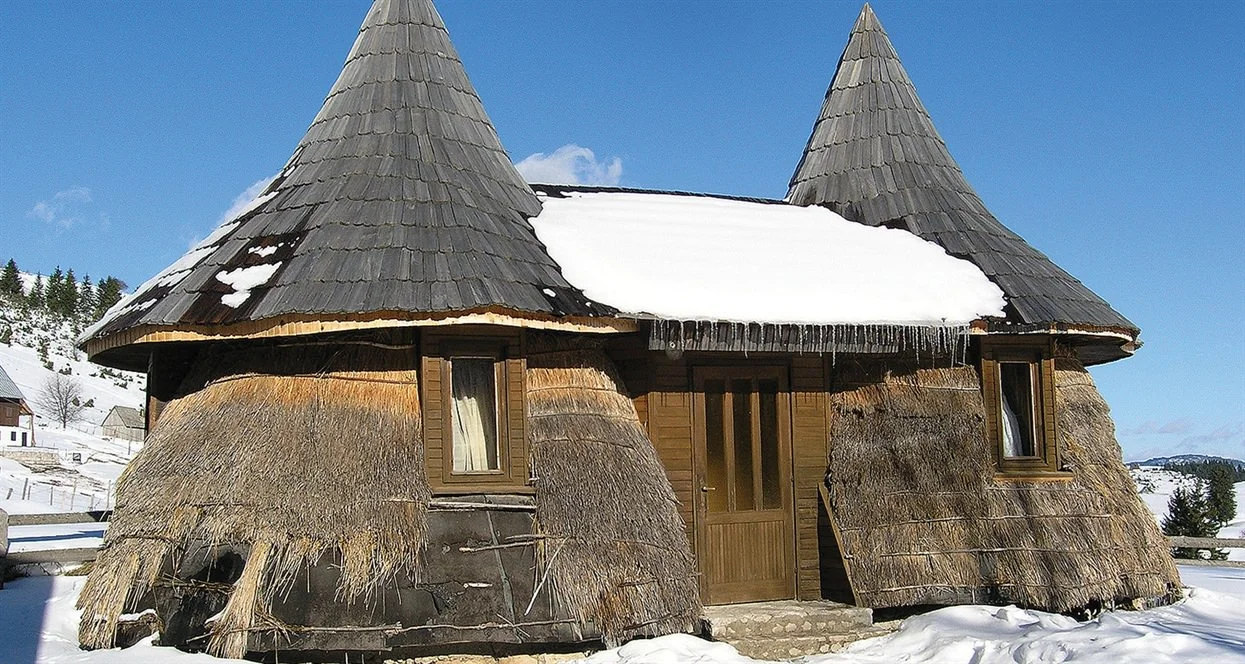
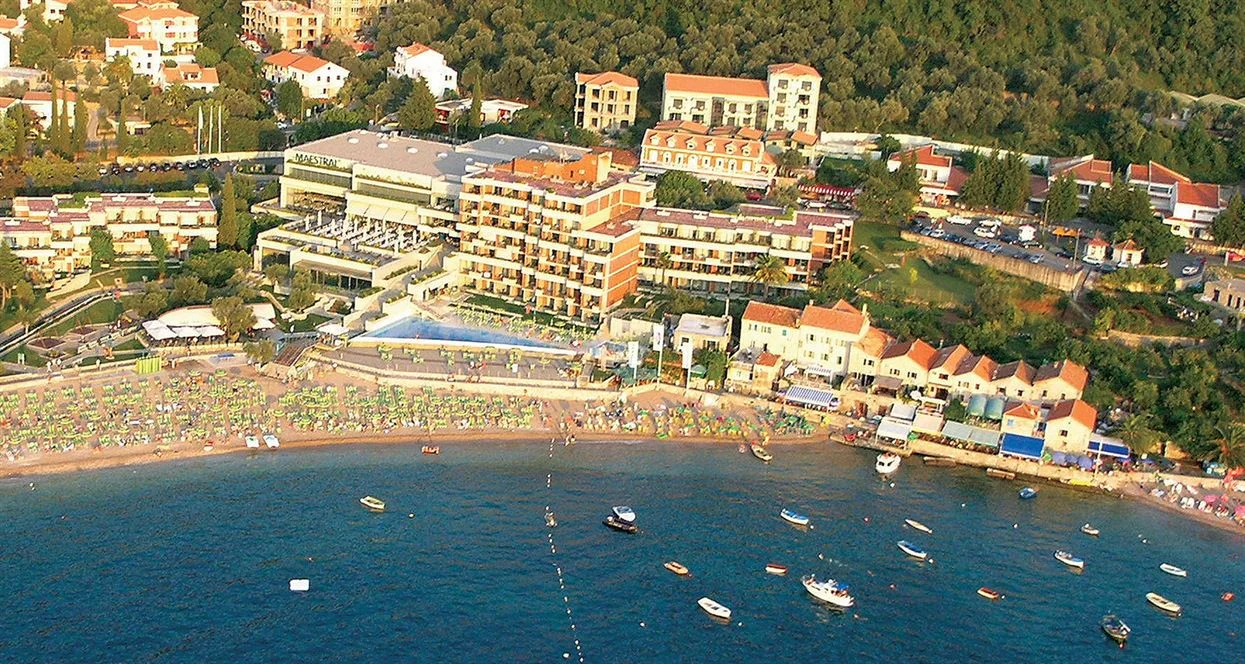
Coastal zone
The warmth of the finest sand, pebbles, or the sturdy firmness of sun-washed rocks — Montenegro offers them in abundance. Seventy-three kilometers of the most beautiful blend of sun, sea, and land, featuring 117 beaches. This part of Montenegro is characterized by a Mediterranean climate with an average summer air temperaTours of 27.4 degrees Celsius. The sea is deep blue with a visibility range of 38 to 56 meters. The swimming season lasts for 180 days.
 Book Now
Book Now
